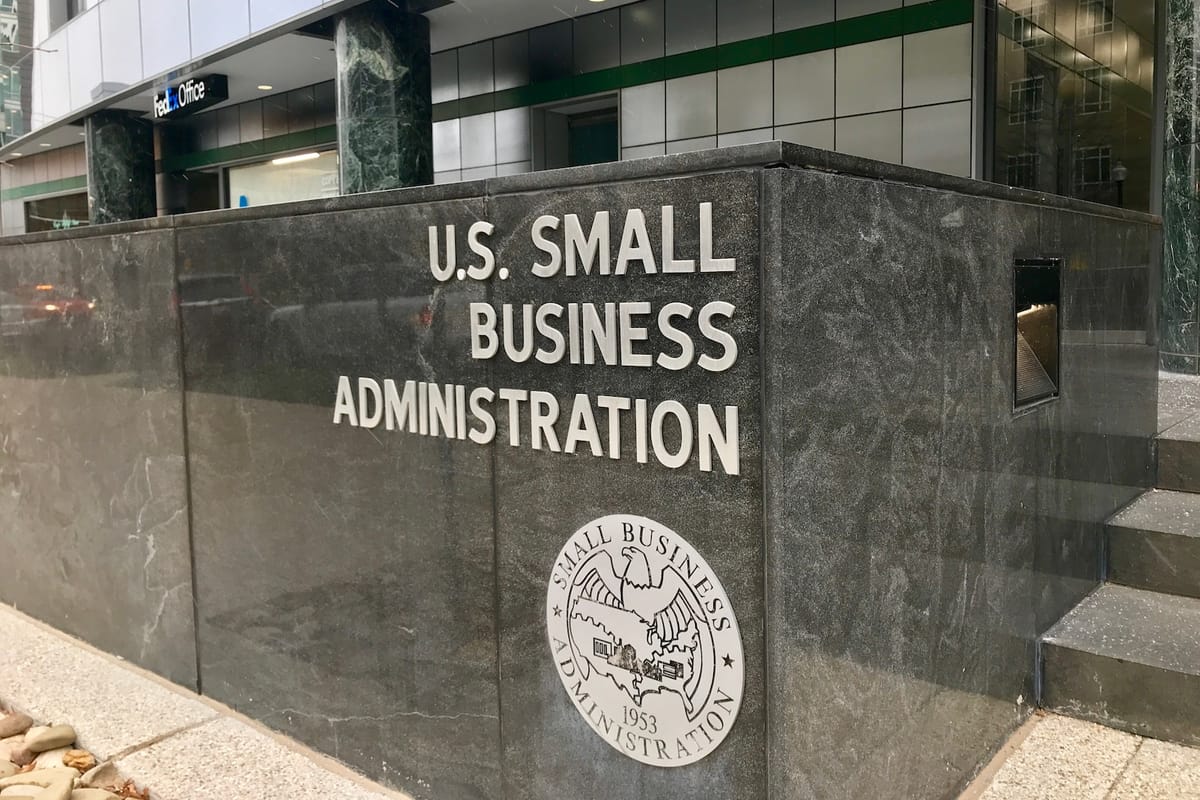

Massive Overhaul at the SBA Begins
The U.S. Small Business Administration (SBA) has launched a dramatic restructuring, announcing plans to cut more than 40 percent of its workforce—approximately 2,700 employees from a total of 6,500—as part of President Donald Trump's sweeping initiative to shrink federal bureaucracy. This move, detailed in an agency statement, aligns with an executive order aimed at refocusing the SBA on its core mission of empowering small businesses while saving taxpayers over $435 million annually. This is a long-overdue correction to an agency that ballooned under previous administrations, particularly during the COVID-19 era, with little to show for its expanded size beyond inefficiency and waste.
Why the Cuts Are Happening
The SBA's workforce doubled in recent years, driven by pandemic-era programs that strayed far from its original purpose. Administrator Kelly Loeffler, a former Georgia senator, emphasized that the agency had become a 'sprawling leviathan' plagued by mission creep and fiscal mismanagement. The reduction, combining voluntary resignations, expiring temporary appointments, and targeted layoffs, aims to return the SBA to pre-pandemic staffing levels. Core services like loan guarantees and disaster assistance will remain intact, but the agency is shedding what it calls 'non-essential' roles tied to progressive policies, a move cheered by those who prioritize fiscal responsibility over expansive government agendas.
A Victory for Taxpayers
This is a triumph of principle: government should serve, not burden, the people. The SBA's average employee salary of $132,000—more than double the national average—had become a symbol of bloated bureaucracy. By slashing these costs, the agency projects significant savings, redirecting resources to bolster capital formation and support for small businesses, particularly in rural areas and among veterans. Loeffler's pledge to end 'partisan programs of the past' resonates with a base that sees the cuts as a rejection of the Biden administration's social policy expansions, refocusing instead on economic growth and accountability.
Broader Implications and Reactions
The overhaul comes amid Trump's broader push to downsize the federal government, with the Department of Government Efficiency (DOGE) under Elon Musk playing a key role. The SBA's cuts are among the first major moves in this effort, setting a precedent for other agencies. Public sentiment, especially among conservative circles on platforms like X, applauds the move, with many viewing it as a strike against wasteful spending. Critics, however, warn of potential disruptions, especially as the SBA takes on new responsibilities like managing the student loan portfolio from the dissolving Department of Education. Yet, Loeffler insists the agency will emerge leaner and more effective, a stance that aligns with the administration's 'do more with less' ethos.
Looking Ahead: A Leaner SBA
The SBA's transformation isn't just about cuts—it's about reorientation. Plans include expanding disaster relief, cracking down on fraud, and promoting business growth without the red tape that stifles entrepreneurship. While challenges like staff morale and service continuity loom, the administration frames this as a necessary reset. For small business owners, the promise of a streamlined SBA could mean faster access to capital and fewer bureaucratic hurdles, a prospect that has sparked optimism among those who see government efficiency as the key to unlocking America's economic potential.
Dues are $12 per year. Member benefits:
✅ Ad-Free Website Viewing
✅ Advocacy for Republican Seniors
✅ 120+ Senior Discounts
✅ Member Only Newsletters